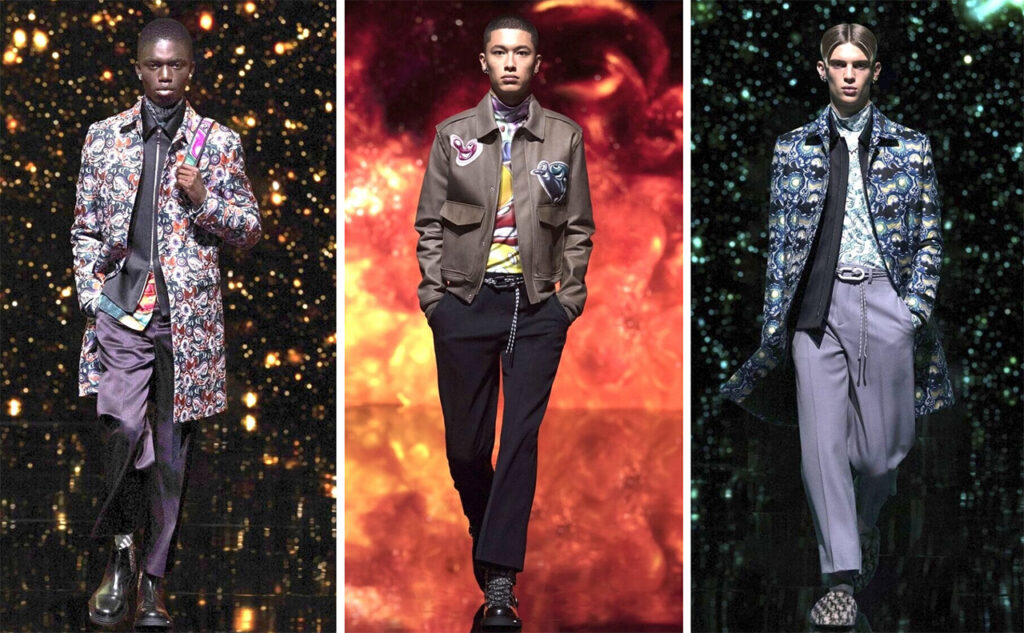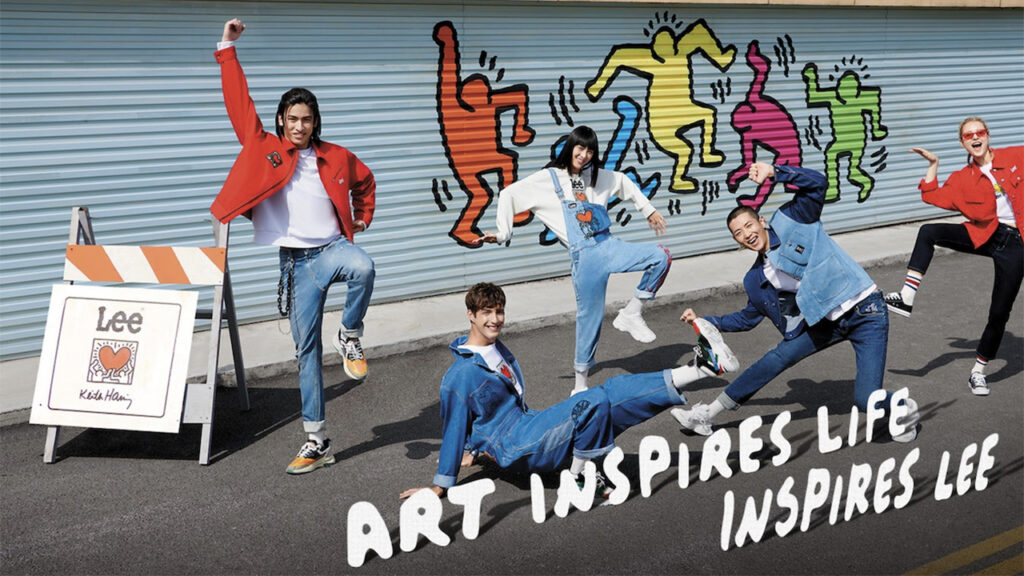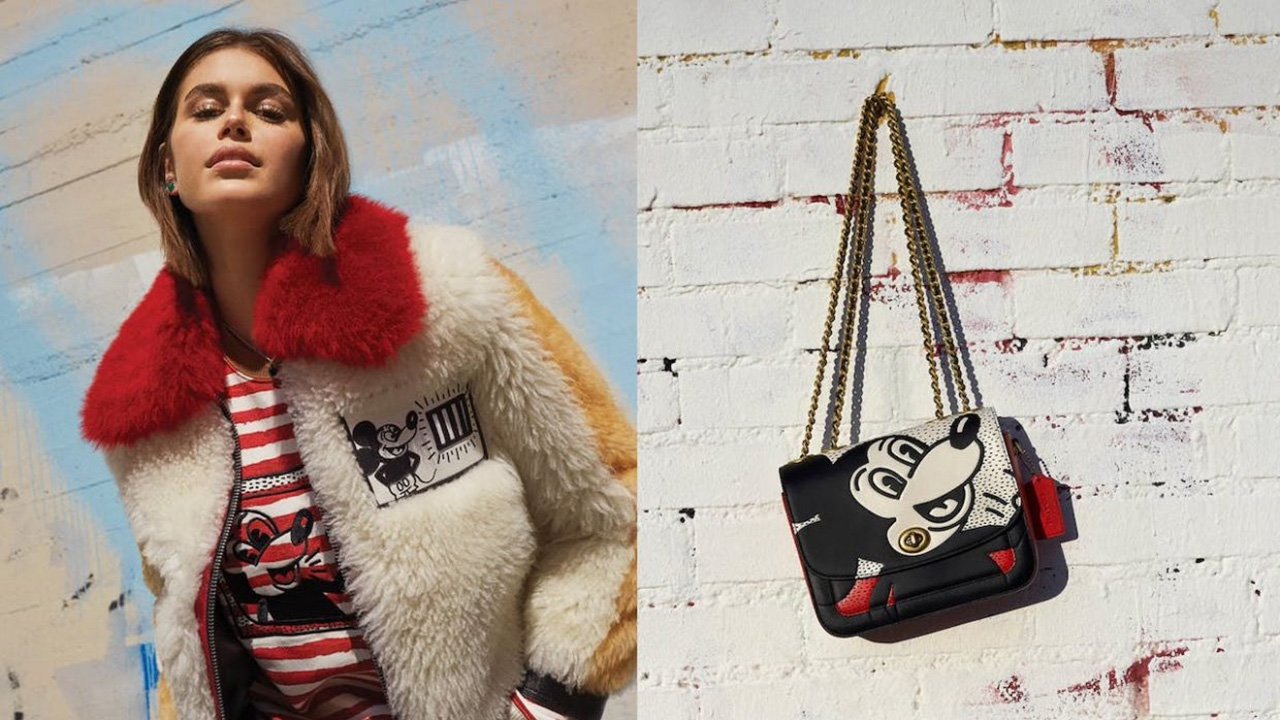This article was originally published by our sister site Jing Daily.
The JCC Angle
- Art and fashion partnerships haven’t just seen luxury brands lean in on the cultural capital of artists, but vitally, the emergence and evolution of artists as brands.
- No longer viewed as pure commercialism, such collaborations have proliferated in the past few years as artists turn to licensing agencies like Artestar to commodify their assets.
- The demand for these crossovers has been driven by Gen Zers, particularly young Chinese cultural consumers, who are steeped in pop culture and the hype ecosystem.
Jean-Michel Basquiat and Keith Haring may have had their heydays long before Gen Z was born, but they are still playing a leading role in the pop culture zeitgeist of 2021, and that’s largely thanks to David Stark, founder of Artestar.
A U.S.-based global licensing agency, Artestar represents artists both living and deceased, ensuring authentic collaborations with brands in fashion and other categories. They’re the reason why Kenny Scharf’s artwork recently decorated the Dior Fall/Winter 2021 collection, and why artists like Basquiat and Haring have dropped multiple fashion collaborations around the world over the past decade.
Back when Stark started working with Haring in 1989, artists were subject to criticism if they showed any inclination toward commercialization, such as by selling merchandise. Fast forward to 2021, and artists are flocking to agencies like Artestar to garner hype through partnerships with other major pop culture players, such as luxury labels.
“Things have changed a great deal,” Stark told Jing Daily. “It’s not only accepted now, but these brand partnerships are also expected in some way. When I speak to artists about doing collaborations now, they’re very enthusiastic; whereas 10 to 15 years ago, they were very cautious about doing anything.”

Runway looks from the Kenny Scharf x Dior Fall 2021 collection. Image: courtesy of Artestar
The traditional art world snobbery over consumerism used to jar critics, yet in the current era of social media, the fluid evolution of artists as brands has been embraced for offering both revenue streams and a way to meet the desires of growing fan bases.
“We’re still far from being overexposed like a commercial brand,” said Stark. “The commercialization is a secondary part to the marketing and storytelling behind our collaborations. The product has to be great, but it’s the emotional connection to the consumer – that’s what it’s about. We’re really thinking about storytelling.”
Artestar owes its hundreds of successful artist-brand partnerships to consistently staying loyal to each artist’s identity, while simultaneously considering how a brand aligns with the communities it represents. “We have a lot of different stories to tell and we’re looking for a particular customer who has the right fit. Whether we’re talking about pride, social activism, or New York City, we look into how the brand can tell their story authentically,” Stark said.
Noting how, for example, Haring has sometimes been falsely associated with subway graffiti despite not being a 1980s “street kid” at all, Stark said, “We have to make sure that the story we’re telling is true and not a romanticized myth.”
The flourishing online fan communities behind Artestar’s roster have made the authenticity of collaborations even more critical, since today’s social media users are quick to point out any insincere touches.
“In the 1980s and 1990s, you couldn’t find these tribes, these communities of people who are interested in these artists,” said Stark. “Now, we can be very surgical and know that there’s somebody in Oklahoma City who loves Keith Haring, or someone in Perth, Australia.”
The internet has also placed iconic artists at the center of today’s pop culture frenzy, triggering fashion’s obsession with art collaboration, with high-end heritage labels in particular aiming to stay relevant for younger generations. “The luxury consumer has changed: it’s someone who is a passionate collector and someone who is in the know,” said Stark. “There’s this whole new lifestyle wrapped around them.”
The communities that surround artists are global. Stark noted that while Artestar may have only opened an office in China and dropped the Coach x Keith Haring collaboration there in 2018, an artist such as Haring has been part of the country’s art-world consciousness well before then.

A campaign for an upcoming Lee Jeans collaboration in China. Image: courtesy of Artestar
When Artestar dropped the Coach x Keith Haring collection in China in 2018, Stark realized the huge potential of the now-solid market. “Two-thirds of Coach and Haring’s business was in China and the rest of Asia,” he said. “It was pretty eye-opening to see that reception. Once that started to open up, we started to do a lot with Chinese brands.”
The fusion of art and fashion also meets the demands of China’s Gen Z consumers and collectors, who increasingly seek some level of cultural relevance in the products they purchase. Stark has found that Artestar can be more innovative with fashion choices in that market. “They are a lot more cutting-edge than the West,” he explained. “They’re similar to how America was in the ‘50s, ‘60s, and ‘70s – anything goes. People are very individual; they experiment more when it comes to fashion.”
Artestar is currently working on a project with Lee Jeans in China, which, Stark said, will be positioned away from American associations of the brand with vintage and lean more towards a fresh fashion feel catering to Chinese tastes.
The intersection of community, culture, and marketplace is the core of Artestar’s work, and has helped shape the current trend of brands turning to artists for cultural capital. It’s a realm fueled by the melting pot of online hype culture, and ultimately steered by luxury’s new consumer: Gen Z.



